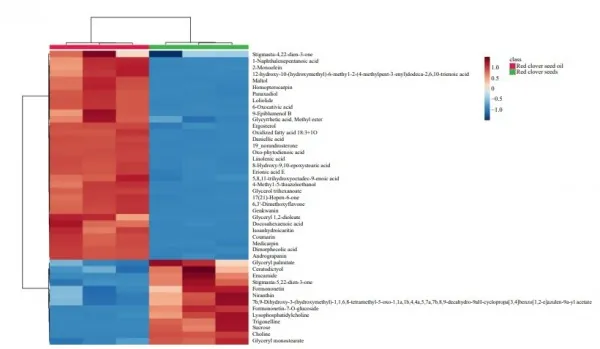
Alarming Rise of Infective Endocarditis Among Women Who Inject Drugs: What You Need to Know!
2024-10-07
Author: Wei Ling
Introduction
Recent findings published in JAMA Network Open reveal a shocking surge in the rates of infective endocarditis (IE) among women who inject drugs (WWID). This serious heart infection, targeting the endocardium and heart valves, is closely linked to the ongoing opioid crisis, which has precipitated over 44,000 opioid-related fatalities in Canada between 2016 and 2024. The correlation between injection drug use and heightened morbidity rates paints a grim picture of the public health scenario.
Increase in Injection Drug Use
From 2011 to 2018, the United States witnessed a staggering 5-fold increase in the population of people who inject drugs (PWID). Within current IE cases, women account for a significant proportion—approximately 33% in cases unrelated to drug use, escalating to 45% to 55% among those who inject drugs. This raises the pressing question: Are women disproportionately affected by IE in the PWID community?
The Research Study
To address this, researchers undertook a retrospective cohort study involving patients aged 18 and older admitted to a healthcare facility from April 5, 2007, to March 15, 2018. By employing the 2023 Duke-International Society for Cardiovascular Infectious Diseases (ISCVID) criteria for diagnosis, specialists meticulously analyzed case data to confirm the presence of infective endocarditis.
Key Findings
The findings are startling—764 individuals met the criteria for definite infective endocarditis, with 321 being women and 441 men. Alarmingly, 56% of patients were identified as PWID, with women comprising a higher percentage (51.2%) compared to men (48.8%).
Complications and Demographics
Further dissecting the data reveals that the population of women who inject drugs tends to be younger and experiences more severe medical complications, including tricuspid valve vegetation and septic pulmonary emboli. The percentages of these conditions in women were 76.2% and 71.8%, respectively, significantly higher than their male counterparts.
Mortality Rates
In tracking mortality rates during a one-year follow-up for 415 patients, the statistics were sobering. Of the 211 women monitored, 49 succumbed to the condition, while 67 deaths occurred among 204 men. The five-year mortality rate came in at a staggering 48.7%, indicating a dire need for intervention.
Geographic Variations
Geographic factors also played a role, as women residing in London demonstrated a significantly lower mortality rate compared to those in Regina and nearby regions, highlighting the impact of accessible substance use disorder (SUD) counseling services.
Impact on Pregnancy
With women exhibiting poorer fetal outcomes associated with infective endocarditis, including higher rates of neonatal intensive care unit admissions and pregnancy terminations, the study urges the medical community to delve deeper into the complexities surrounding these cases.
Conclusion and Call to Action
Despite women representing nearly half of the infective endocarditis patient population, they only make up about one-third of all PWID. This disparity calls for further investigation into the underlying causes of the extraordinarily high IE rates among women who inject drugs. In summary, as the opioid epidemic continues to devastate communities, the healthcare system must prioritize understanding and addressing the unique challenges faced by women who inject drugs. The findings underscore an urgent need for targeted interventions to prevent infective endocarditis and reduce its mortality risk in this vulnerable group. Stay alert and informed—the future health of our communities may depend on it!



 Brasil (PT)
Brasil (PT)
 Canada (EN)
Canada (EN)
 Chile (ES)
Chile (ES)
 España (ES)
España (ES)
 France (FR)
France (FR)
 Hong Kong (EN)
Hong Kong (EN)
 Italia (IT)
Italia (IT)
 日本 (JA)
日本 (JA)
 Magyarország (HU)
Magyarország (HU)
 Norge (NO)
Norge (NO)
 Polska (PL)
Polska (PL)
 Schweiz (DE)
Schweiz (DE)
 Singapore (EN)
Singapore (EN)
 Sverige (SV)
Sverige (SV)
 Suomi (FI)
Suomi (FI)
 Türkiye (TR)
Türkiye (TR)